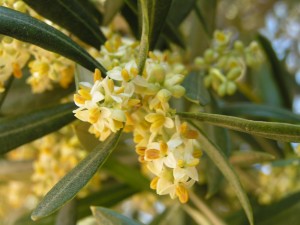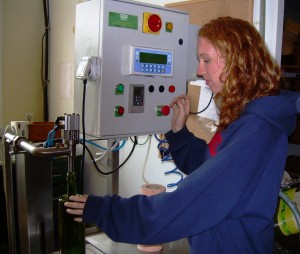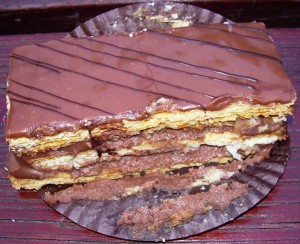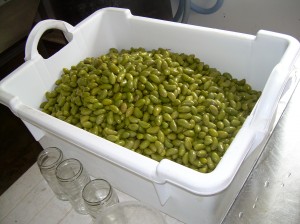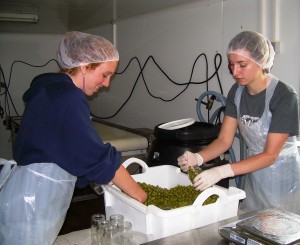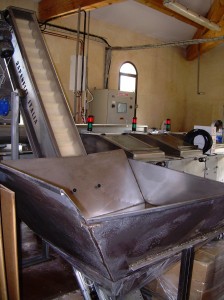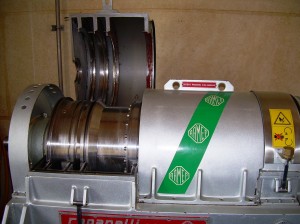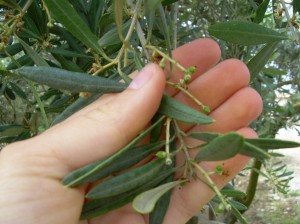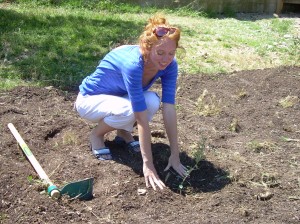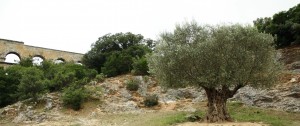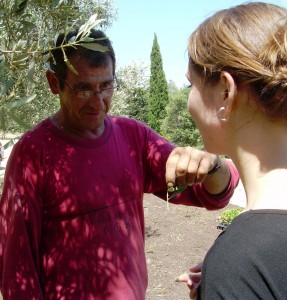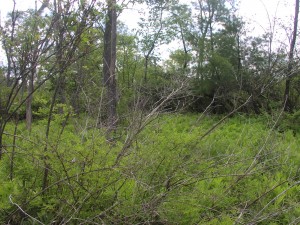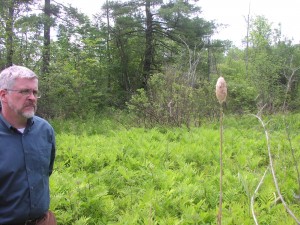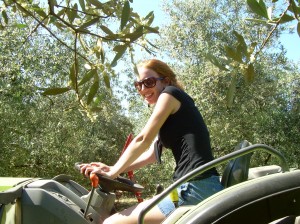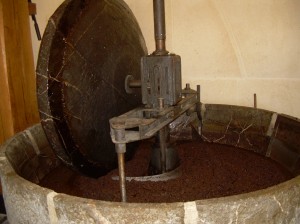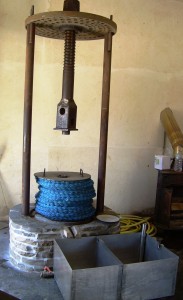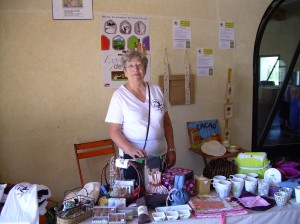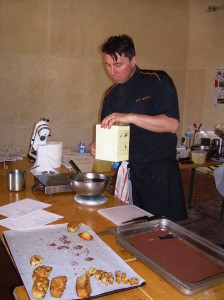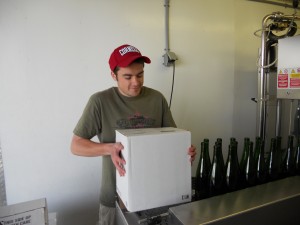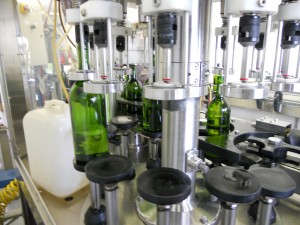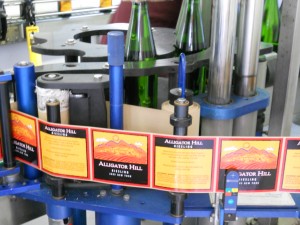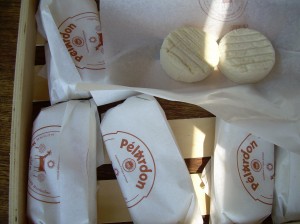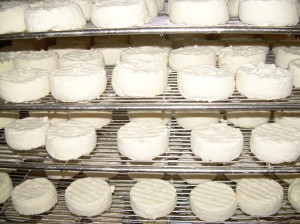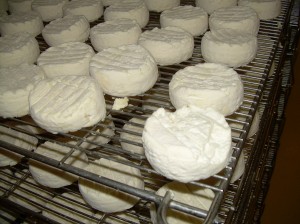Last week I took a short break from South Africa to travel to Kenya for a 8 days. There I worked for my non-profit, PALS:Partnership of African and Lansing Schools at Mbaka Oromo Primary School near Kisumu. I fixed erosion control channels I built last year and helped the school start a micro enterprise. I had received funding from the Center for Entrepreneurship at Cornell before I left to help the school develop its business. Last year, we installed a solar stand that provided 3 of the building at the school with sustainable electricity. When I went this time I worked with the teacher in charge of the library at the school to create a business plan, a large sign to advertise the services, and taught them how to budget the program. The school will now begin charging cell phones of the local community for a small fee and teaching computer lessons on the few computers they have at the school. The money generated from this will go towards a lunch program for the orphans at the school. When I wasn’t busy with that, I helped install some new gutters at the school to control the roof run-off that was contributing to their erosion problem. So it was a lot of work there but so amazing to be back in Kenya. When I wasn’t at the school I was staying with my host mother and eating ugali (basically corn meal and water cooked and hardened….I don’t really recommend it but it is a cultural experience in itself) and fresh tilapia from lake victoria (definitely recommend). All in all it as a great trip and I was able to accomplish a lot at the school. The kids and teachers there are so inspiring and I was so happy to get back there.
I am now back in South Africa. It is good to be back and working on my project. Prof. Janice Theis is also here now along with Christian Pulver, a masters student in CSS. They are focusing on biochar production. When we first got back to SA we went to the Johannesburg fresh produce market bright and early at 5am. It was really cool to see the ZZ2 tomatoes being sold at a HUGE open market. The price is set by the demand and changes as the time passes. Almost all sales are completed by 8am. It is a very different system than the US and it was a fascinating experience. Yesterday I gave my first big presentation. I went to Polokwane to the regional Dept. of Agriculture to present to some higher up Dept. of Ag officials my outreach proposal for a partnership with the dept. It went extremely well and the Dept. said we will meet again next week to present to the real top dog of the region! They were very interested in the partnership and so the project is really moving ahead.
Currently, Prof. Theis is working on editing my proposal and finalizing it. I found out I will now be giving my final presentation to the ZZ2 managers on July 16th so I am going to work on making that powerpoint once we finalize the program. SOO….life is good! It is a bit colder in South Africa now (much colder than Kenya!) but it is pleasant at night and we have had some bonfires at the lodge.
So now I am off to do some more editing
Oh…and GO NETHERLANDS! (There is still world cup fever in South Africa!)

